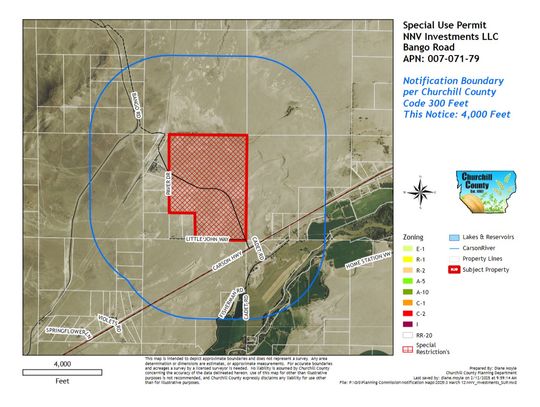There is a sweet little, unusual tree I visit every year around this time in Laura Mills Park. I have yet to see another mature Osage Orange tree in town. I am not the only one who makes a seasonal pilgrimage to visit, last year some artsy folks made very creative swirling, mandala like designs around the base of the tree from the usual, lime green dropped fruit and encouraged others to participate with a small sign saying, “interactive art-feel free to add your creative touch.” Besides being potentially our only mature Osage in town, it has an important history in our nation and if you can find one, I might go so far to recommend this tough tree as an addition to your landscape.
Sometimes called a hedge apple, the binomial name of this gnarly barked tree is Macular Pomifera. Pomifera in Latin means fruit/apple bearing. Like Gingkos, Osage trees are the only surviving member of their genus. Other relatives exist in the fossil records only. There is evidence those extinct trees were mammoth and giant sloth food. Now the fruit and seeds are only occasional snacks for foraging squirrels and small birds. Called Osage Orange, not because it is related to an orange at all, they are actually in the mulberry/fig family, Moraceae. The modern Osage tree is considered native in Texas, Arkansas, and Oklahoma. It rapidly naturalized with our help and now is found in almost all our states. The Osage Orange is also called Bois D’arc, a name given by early French settlers meaning, “bow wood.” Bows, arrows, crafts, and dyes were made by Native Americans out of the wood, especially by the Osage Indians, hence the common name. Because of the durable, flexible nature of the hardwood, bows made from Osage Orange trees, along with yew are considered some of the best.
Like a locust the Osage is fast growing, long lived and very adaptable. The tree thrives in poor soils, drought, extreme heat, strong winds and has no serious disease or debilitating insect problems. Osage trees were planted in mass during the Dust Bowl Era in the plain states to help prevent soil erosion and as wind breaks.
Super thorny, Osage hedgerow-lined fields were planted in the early 19th century and are tied with westward expansion before barbed wire was developed to hold cattle in. Some say barbed wire was a mimic of the thorny Osage branches. Pruned, quickly established hedges were advertised as “horse high, hog tight, and bull strong.” The hard, rot resistant wood was also used for fence posts and wagon wheels. The wood is yellowish and is used in making dyes, including many Khaki uniforms during WWI. Additionally, it makes great firewood, it has a very high BTU being exceptionally dense and much thicker even than oak.
The large, green, slightly hairy, brain shaped fruit (I’m really selling it here, aren’t I?) are actually quite fragrant. The smell is reminiscent of citrus and maybe a little cedar. The fruit ooze a milky latex like sap when cut and the flesh is super unpalatable and bitter, especially if you have a latex allergy. Some references list the fruit as toxic. From what I can find the hedge apples are not particularly sought after by cows and horses but there is a choke hazard with the large fruit. My favorite use is just a bowl of the fruit on the table as naturally fragrant fall display that will last for weeks if you keep them out of direct sunlight. Some folks (hello all you Pinterest friends) make them into pomanders, spiked with cloves. If you plan on adding an Osage tree to your landscape, I would not recommend planting near a sidewalk or parking area, unless you know you have a male tree, because of the heavy fruit drop. For those that have an aversion to thorns, thornless cultivars are available.
If anyone has any local lore info about this tree, I would sure love to hear about it. Please feel free to email me at [email protected].










Comment
Comments